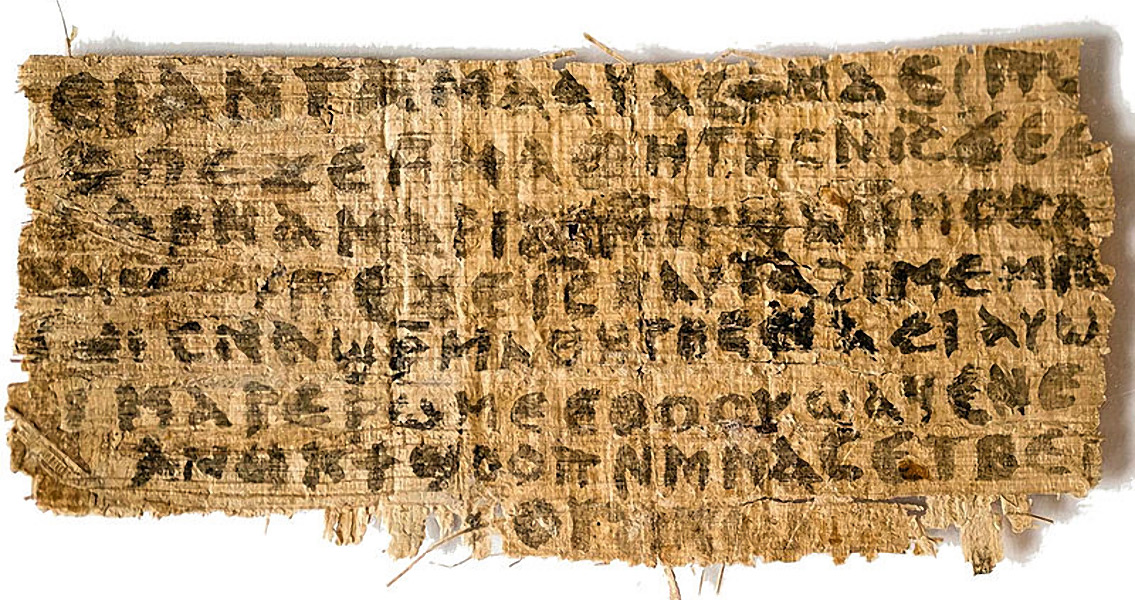<![CDATA[New tests of the ink used on an ancient papyrus known as the Gospel of Jesus’ Wife have suggested it might be authentic, adding fuel to an ongoing debate as to the nature of the document. The Gospel of Jesus’ Wife, a fragment from a larger text written in Coptic, is called so because it contains the words “Jesus said to them, ‘My wife...’”, and also mentions the name 'Mary', which some scholars have taken to refer to Mary Magdalene, Live Science relates. The document was discovered by Karen King from Harvard University who dated it, although tentatively, to the fourth century CE. Later tests performed on the fragment which is about the size of a calling card revealed that it may have been produced some 1,200 years ago, between the sixth and the ninth century. The ink was also analysed, with the results pointing towards its origin at the same time. Now, new tests have been carried out by scientists at Columbia University, and these tests support the earlier results. The research team that ran the tests is not saying much about the results until a paper on the topic gets published. It will take a lot of conclusive evidence however, to convince those in the opposing camp that the gospel is indeed an authentic document that reveals a belief at the time among some people that Jesus Christ was a married man. The doubters many followers in scientific circles; over the last year a lot of investigative work has been done on the origins of the gospel, as scholars and journalists try to trace it back from its initial discovery. When she announced its find, Karen King said the document was given to her by an anonymous person, whose name she has still not disclosed but who said he had bought the papyrus from someone called Hans-Ulrich Laukamp in 1999. This Laukamp supposedly bought the papyrus from Potsdam in 1963. An investigation by Live Science revealed that, according to the representative of Laukamp’s estate, the man was not an antiquities collector and did not own such a papyrus. What’s more, in 1963 he was living in Western Germany, while Potsdam was beyond the Berlin Wall and he could not have bought anything from there. Further investigation revealed that the document was not exported via the legal channel, that is, the Berlin agency which was responsible for issuing permits for the export of antiquities. Another argument against the authenticity of the artefact comes from the German Institute for Septuagint and Biblical Text Research. Research associate Christian Askeland from the institute analysed another papyrus that came from the same anonymous owner that had given the gospel of Jesus’ Wife to professor King. This second papyrus features text taken from the Gospel of John and, according to Askeland, is a fake, with the text copied from a much more recent document, a papyrus published in the early twentieth century by Egyptologist Herbert Thompson. The identical line breaks and the fact that this Gospel of John fragment was written in a dialect that had died out by the seventh century CE, while the papyrus was carbon dated to between the seventh and the ninth century, served as evidence that the document was fake. The Gospel of Jesus’ Wife features very similar handwriting to this second papyrus, and the ink used is the same, according to Askeland, which led him and many other scholars to believe both the papyri are fakes.]]>
Gospel of Jesus’ Wife May Be Authentic, New Tests Suggest
